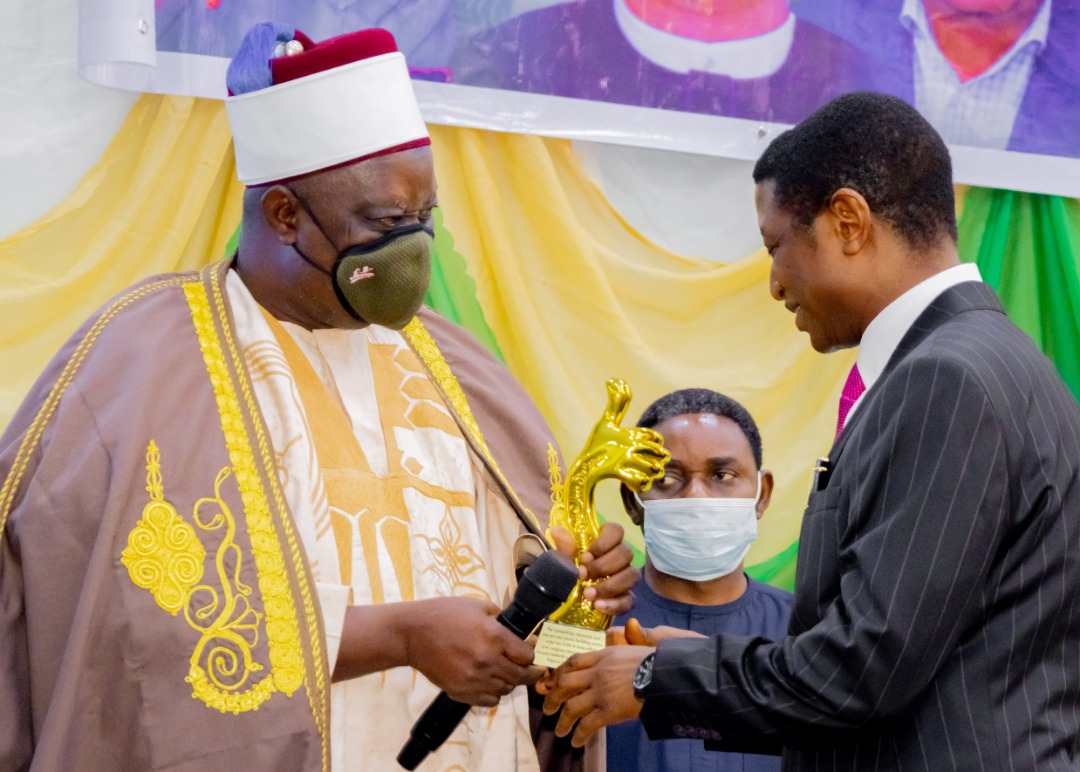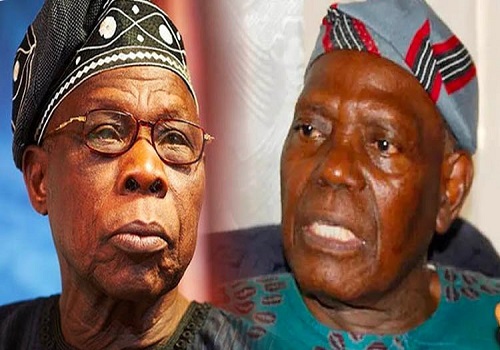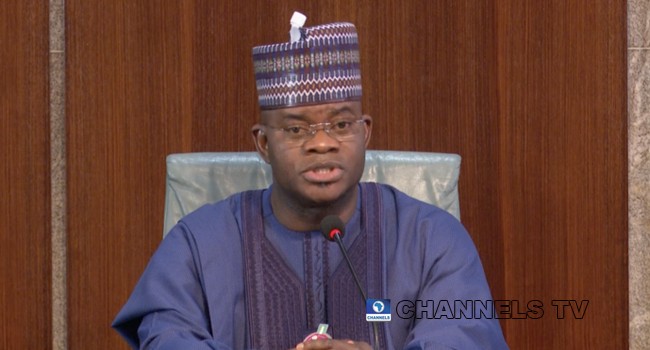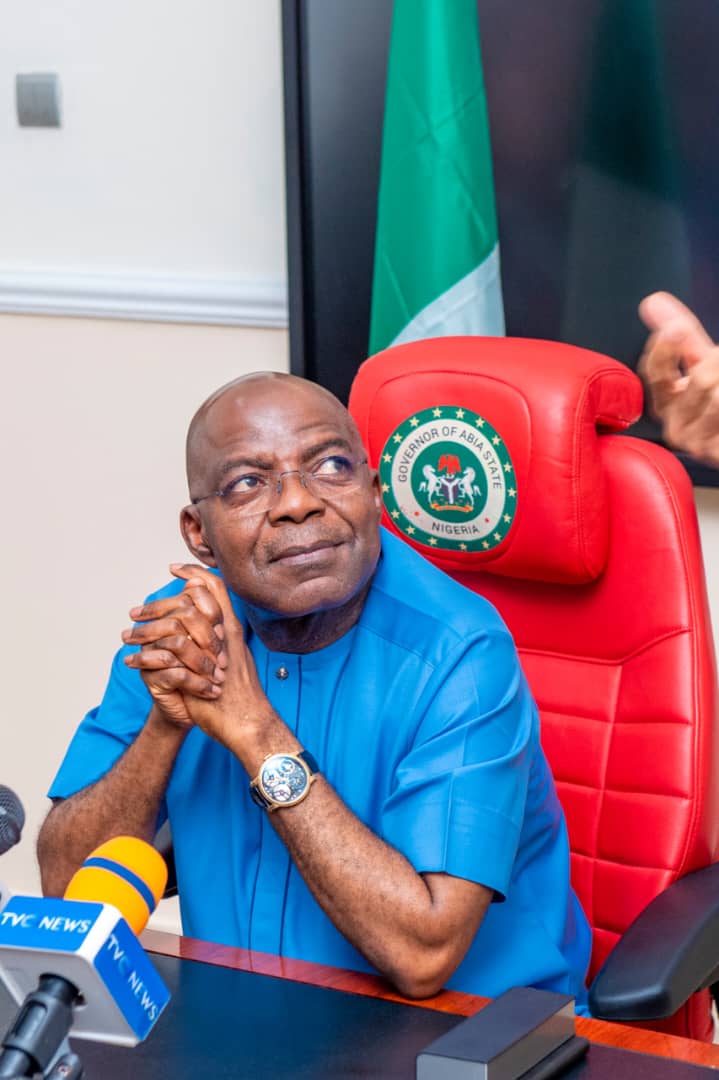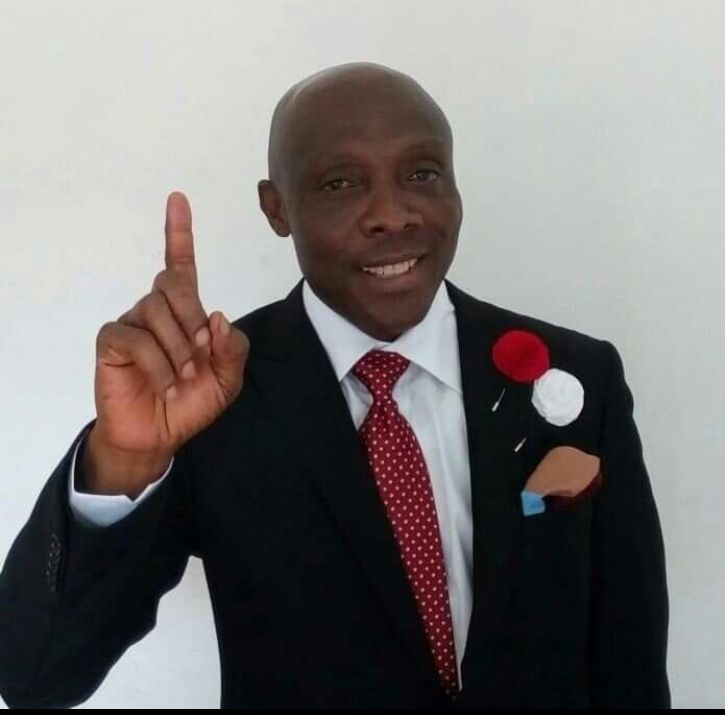YIPPEE-KI-YA Mike Tyson ‘Punched Holes In The Wall’ Before Iconic Ring Walk Ahead Of Michael Spinks Fight, While Bruce Willis aka John McClane Was Ringside Promoting Die Hard – Possibly The Greatest Christmas Film Ever Made – talkSPORT
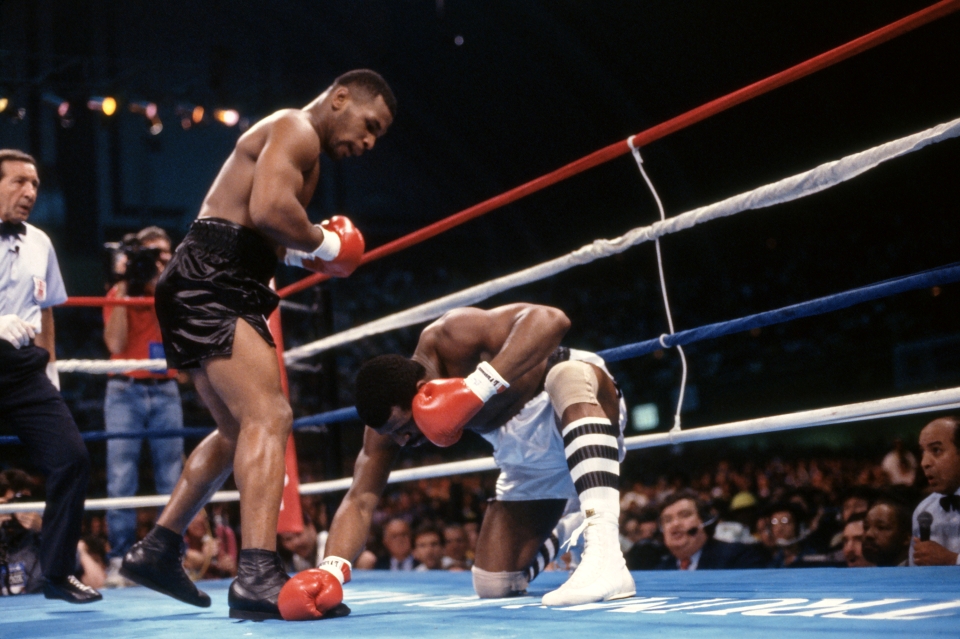
While a furious Mike Tyson was getting ready to ruin Michael Spinks as if he was the Nakatomi Plaza (venue of the worst Xmas party ever), TV actor Bruce Willis was sitting ringside waging a PR war on behalf of his risky blockbuster: Die Hard.
It went on to become an action classic – and arguably the greatest Christmas film ever made – but in 1988, Die Hard was seen as a huge gamble by film studio 20th Century Fox. Unable to get a leading action man (Arnold Schwarzenegger, Sylvester Stallone, Harrison Ford, Clint Eastwood and even Al Pacino all turned the role down), the studio decided to pay Willis a then sky-high £5million. At the time, he was better known as the small-screen star of romcom series Moonlighting and was a bizarre choice to many.
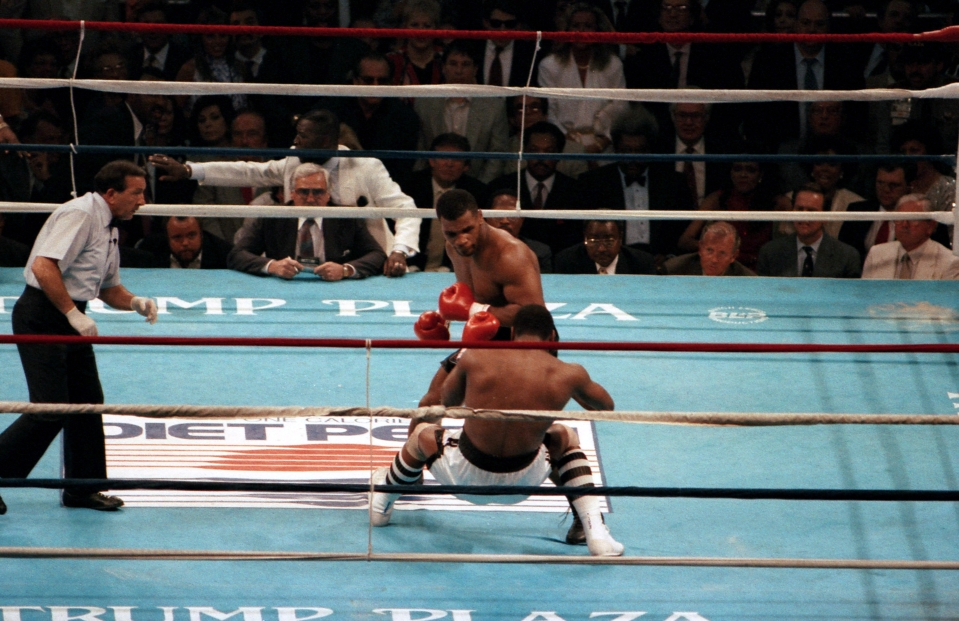
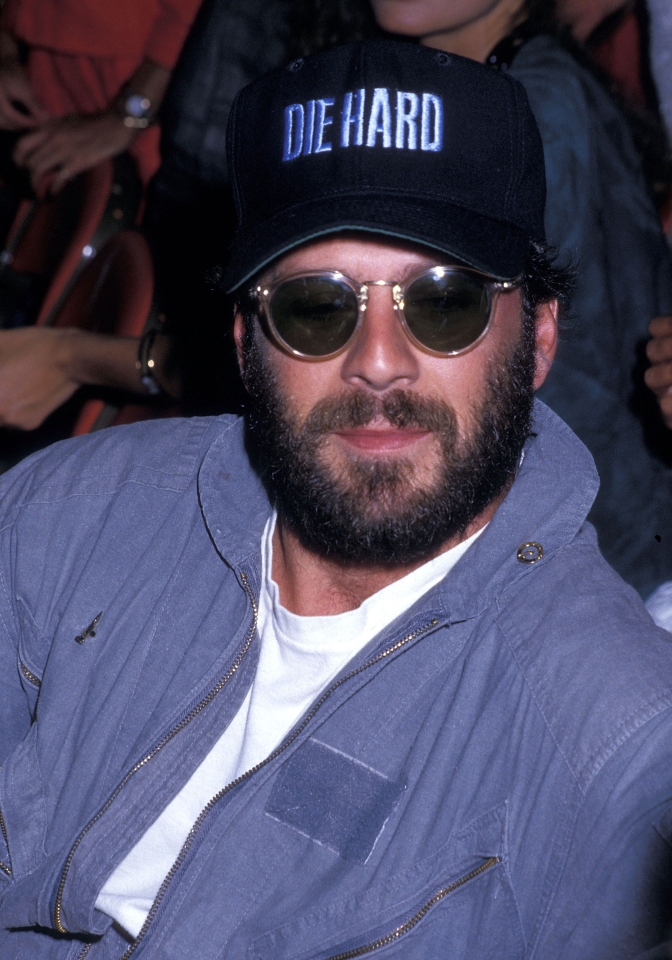
So it’s little wonder that a bearded Willis – sitting ringside for Tyson’s long-awaited showdown – was rather shamelessly wearing a Die Hard baseball cap and sunglasses as he chatted to Sean Penn and Madonna. If Willis was nervous about his film’s release the following month in July, he probably wasn’t as intimidated as one Michael Spinks.
The 31-year-old former light-heavyweight champion and lineal heavyweight champ was being paid £13.5 million to face the headline attraction: Iron Mike. When Spinks’s manager Butch Lewis decided to play pre-fight mind games on Tyson by insisting that his hands needed to be re-wrapped, causing a lengthy delay, it backfired. The move only seemed to agitate his fighter and fire-up an already bad-tempered Tyson.
Lewis later recalled that he walked into Tyson’s dressing room only to see: “He’s punching holes in the wall. I’m like – to myself – ‘Oh no!” In his own changing room, observers claimed that Spinks – a world-class boxer who’d never been knocked down or tasted defeat – was in a state of fear. Not the nervous butterflies that can affect athletes before they perform, but genuine alarm at the pain that the 5ft 11in, ferocious-punching Tyson might inflict upon him.
At least the delay for the main event gave cameras plenty of time to focus in on Willis and his unsubtle hat among a star-studded ringside crowd that included Jack Nicholson, Stallone, Donald Trump (who was staging the fight in Atlantic City), Chuck Norris and ex-heavyweight champion Apollo Creed (there under his code name of ‘Carl Weathers’).
By the time Spinks came to the ring to the shrill pop stylings of ‘This Is It’ by Kenny Loggins, he wore a sickly smile and a sheen of sweat. Tyson, bare-chested having even dispensed with his usual white towel, exuded menace as he emerged second to a strange cacophony of clanging and banging that sounded like The Undertaker’s alarm clock going off. Let’s assume none of this did anything to settle Spinks’ nerves.
The bout itself offered minimal airtime for Willis’s baseball cap as it lasted only 91 seconds. A shaken Spinks – instead of using his jab to try to disrupt his opponent’s rhythm, which was his usual tactic – instead tried to stand his ground and gain Tyson’s respect early on. This proved an error. Instead Spinks earned a series of concussing bombs that quickly hammered him to the canvas. ‘The Jinx’ gamely got up but Tyson was on him with a short left hook-right uppercut combo that left Spinks falling backwards like Hans Gruber off the side of a skyscraper.
The most anticipated heavyweight fight since the reign of Muhammad Ali was all over in half a round. The watching Willis, a boxing fan and ringside regular to this day, would have loved to have had the guaranteed box-office success Tyson brought, however. The card billed as ‘Once and For All’ grossed $70 million, making it the richest fight in boxing history at the time. The Don King-promoted Tyson earned a supposed $22 million, while in the background his manager Bill Cayton and his wife Robin Givens battled for control of his career.
Retrospectively this is viewed as Tyson’s defining victory, despite the undisputed heavyweight champion being only 21 years old. Within two years he’d lose to James Buster Douglas (fighting on the undercard here) in a seismic upset. Willis, however, was just getting started. Despite fears he was horribly miscast as an action star, audiences loved his everyman appeal and cocky wisecracks. Die Hard went on to earn $140 million on a $28 million budget, justifying Willis’ fee and turning him into a big-screen superstar.
Was it all to do with that garish hat ploy at the Tyson fight? Only the wisest among us can say. However, Die Hard’s influence extended well beyond the four (and counting) sequels. The popularity of the underdog-stuck-in-a-restricted-environment story meant it was rehashed as Die Hard on a bus (Speed), Die Hard on a boat (Under Siege), Die Hard on a plane (Passenger 57, Air Force One and Con Air), Die Hard on a mountain (Cliffhanger), Die Hard on Alcatraz (The Rock), Die Hard in the White House (Olympus Has Fallen, White House Down) and so on.
